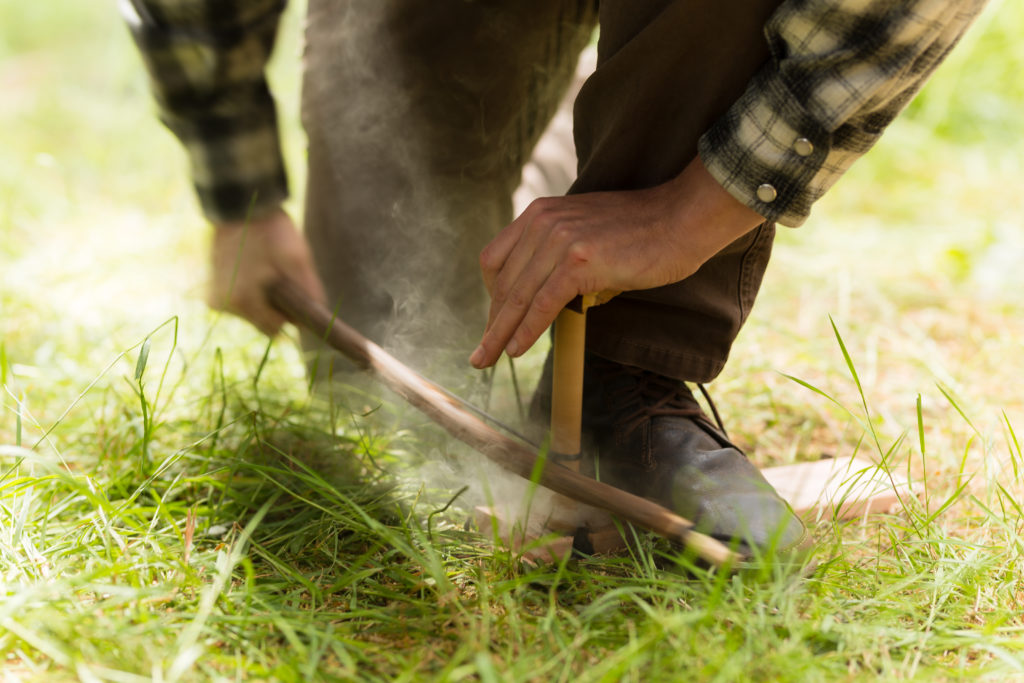“Resistance is futile” is the catchy battle cry of the Borg Collective – an alien cyborg race bent on galactic domination. While they have some redeeming qualities (the Borg Queen is strangely attractive) they do have an attitude to resistance that is not shared by their invaded planetary systems.
Friction – as covered in Element 1 of Unit C, NEBOSH Diploma – is all about resistance. Most parents of young children and teenagers will be very familiar with resistance. Sometimes it delivers pain, sometimes pleasure. Sometimes it is inconvenient, but it can be a wonderful thing. Many of the machines in our world, like cars and Arnold Schwarzenegger (think Terminator), depend on this resisting force to bring things to a halt. Friction between us and the floor helps stop us from slipping over. Friction between rubber tyres and the road helps stop cars from skidding off the road. Not everyone likes dressing in rubber (unless you happen to be a wheel) but thankfully there are lots of alternatives.
On horizontal hard surfaces, at least, friction (that resisting force) is directly related to the weight of the object. The weight of an object is the force due to gravity and it is measured in newtons, after Sir Isaac Newton. Perhaps it should be measured in apples because, quite honestly, they knew about it first and they took all the risk of the fall; Newton just watched and took the credit. The ratio between the two forces is called the coefficient of friction (COF). Sounds fancy, I know, but no one is seriously fooled here; it’s just a number that describes how the two forces are related. A smaller coefficient means less friction (easier to slide). For many common combinations of surface materials, COF is typically around 0.3 – 0.5.
But you already know the physics of this: the heavier something is, the harder it is to push. If you’ve ever wondered why you are less inclined to move after a heavy meal, you can blame gravity. Fat people (and the wealthy) are more difficult to push around than thin people (and the poor). You may have noticed, too, that, very often, you have to put a different amount of effort into overcoming resistance to getting things started than to keep them moving. We call the former static friction and the latter dynamic (or kinetic) friction. You can easily estimate this resistance by attaching a set of baggage weighing scales (the springy kind) to some object (not an animal or person, please) and pulling it. You can read off how hard you have to pull to get the object to move and to keep it moving. Isn’t physics wonderful?
Now, it’s not cool for scientists to use a cheap baggage spring balance, so they’ve invented lots of complicated ways to measure friction very accurately. Indeed, scientists who measure this sort of thing have even invented a swanky name for themselves – tribologists.
But that’s not all. Friction also depends on the materials themselves, the contact surface characteristics (rough vs smooth, for example) and the presence of lubricants between them (think oil spills and banana skins). Because surfaces wear when they rub together, the friction between them changes over time, too. Dragging one object across another also generates a bit of heat, which is bound to change things. Add to this the effect of a full moon and the presence of gremlins (aka the experimental physicist) and you see why it is not as simple as it seems.
Some kind (but probably misguided) person has gone to the trouble of measuring and publishing coefficients of friction for different pairs of materials and under different conditions (like dry vs wet). I’m sure that was rewarding in itself but it does have a practical health and safety application. Especially in wet or greasy areas, you need to choose floor coverings that sufficient anti-slip properties when people walk over them in everyday shoes. That means having a high COF. Yes, you could measure the COF after you’ve laid the flooring and had the slip but, quite honestly, that’s probably a little late and you obviously know already that it’s slippery. Better to get it right to start with.
It is generally considered that the COF must be at least 0.5 for safety. That is all very well but is probably a little simplistic. We all know that slipping over is more complicated than that (and certainly more embarrassing). Most people can quite easily walk in icy conditions (where the COF is considerably less than 0.5) because we adjust our walking style depending on those conditions – provided we know what they are. If we don’t expect a slippery surface to be slippery, or the conditions are highly variable (a drip of spilt oil here and there), then we walk normally (expecting normal grip) and so are likely to slip. I say ‘we’ but I mean ‘you’. I am a health and safety professional and I wouldn’t dream of slipping – get a grip, for goodness sake!

Dr David Towlson (AKA Dr T) BSc, PhD, CMIOSH, AIEMA, Cert Ed (PCET), MIfL
RRC’s Director of Training and Quality, ensuring excellence across RRC’s courses and services. Also a NEBOSH Chief Examiner, Associate Tutor on the Loughborough MSc and international ambassador for RRC.
